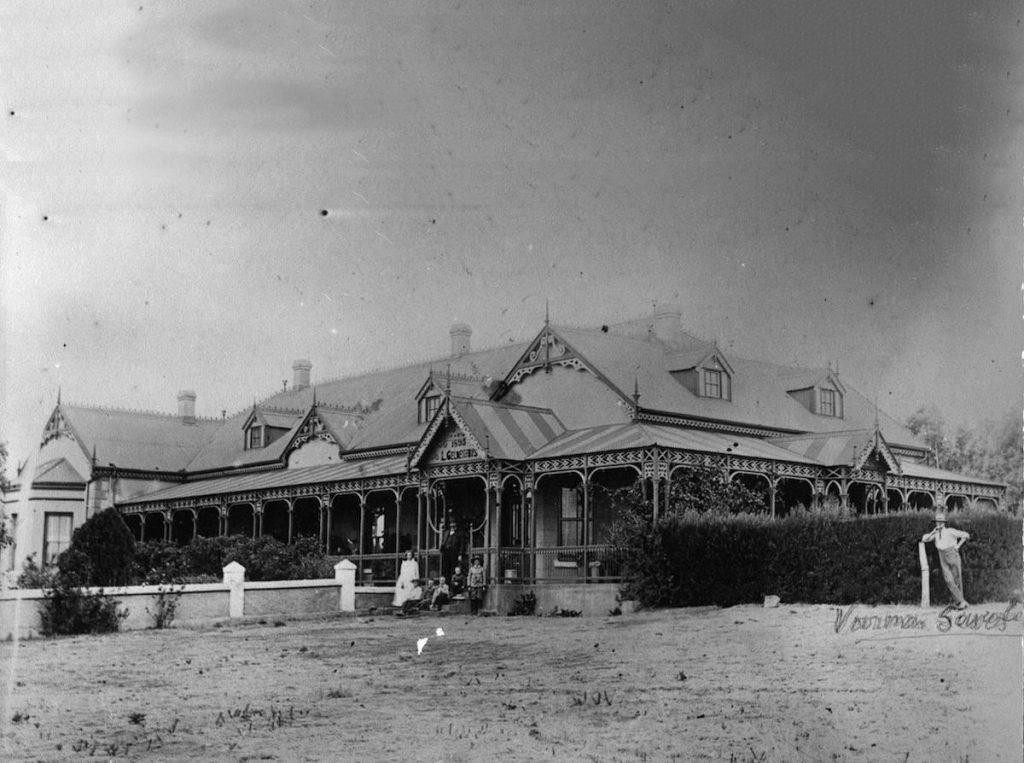Arch SA
Johannesburg Heritage Foundation
The response prepared by Mr. Wynand Dreyer (PrEng) on behalf of the Johannesburg Heritage Foundation (JHF)1 to the City Johannesburg2 is presented in two parts. Part 1 deals with best practice and the requirements that legislation imposes on authorities. Part 2 talks to the practical steps required to give effect to the Spatial Development Framework (SDF) and how a volunteer body like JHF can contribute to a well-structured high-level plan.
Background and introduction
In September 2020, Johannesburg City Planning started the process with a preliminary round of public discussions under various themes and interests. SDF 2040 was approved in 2016 and, following the direction of the Spatial Planning and Land Use Management Act 16 of 2013 (SPLUMA), is due for review after five years. The review will be done in the 2020/21 financial year with an initial objective of updating, rather than overhauling, the policy to address significant additions and amendments to the SDF during the past five years (including the Inclusionary Housing Policy, 2019 and the Nodal Review, 2020) and to update information on the status quo of the city, report on the progress made in the past five years, and address any limitations of the 2016 SDF document.
The City of Johannesburg is to be commended for embarking on a review that is in the spirit of SPLUMA as well as starting the process with preliminary public participation to gain feedback and suggestions from interested parties on what should be considered in reviewing the SDF. Armed with such comments and suggestions, City Planning has undertaken to produce a draft that will be taken out for full public participation.
Part 1 of this response considers some of the limitations of the current policy regarding international best practice and directs the city to accept its obligations to comply with heritage legislation, under a broad definition of the term heritage.
INTERNATIONAL BENCHMARKS AND LOCAL RESEARCH. In the compilation of a review of a framework such as the SDF, one is accustomed to seeing the results of research done by the authority into experiences – both good and bad – in other jurisdictions, lessons learned by other authorities, and an extract of relevant guidelines gleaned from such research, for application in the review. Lack of international and national references to best practice is a concern. There are case studies from around the world and the lessons learned by the City of Johannesburg, in the application of the current suite of policies, which demonstrate the effects of poor planning, provide direction to solutions that might benefit Johannesburg.
LEGISLATIVE FRAMEWORK. The policy review stops short of listing any of the overarching legislation or regulations. The absence of heritage from the considerations of the SDF is a serious problem as it ignores the responsibility laid on the Planning Authority in terms of the National Heritage Resources Act (NHRA): Section 30 (5), which states:
“At the time of the compilation or revision of a town or regional planning scheme or a spatial development plan or at any other time of its choosing … a planning authority shall compile an inventory of the heritage resources which fall within its jurisdiction and submit such inventory to the provincial heritage resources authority which shall list in the heritage register those heritage resources which fulfil the assessment criteria under subsection (1)”.
2.1 National. The wording in the NHRA is peremptory.
There is no excuse for failing to do this and the legislation is clear that this is fundamental to the planning, not a decorative afterthought. Heritage legislation requires that all levels of planning arising from the SDF take cognisance of the heritage factors, which will affect planning at that level.
2.2 Provincial. Although Heritage is a provincial
competency, the Provincial Heritage Resources Authority – Gauteng (PHRA-G) is generally ineffective. For South African cities to retain, nurture and exploit their heritage, they must rely on their own resources. Sadly, we mostly seem to accept the local dysfunctional authorities. Luckily it is not the case for all our cities, with Cape Town having, apparently, better heritage protocols in place.
2.3 The city. Heritage protection deserves a city
policy for the proper understanding and integration of heritage into its planning regimes. The SDF provides a framework for implementation. To plan well, we need to define, assess, value, grade, and know which heritage resources need to be considered. The National Heritage Resources Act needs to be given substance at municipal government level. The city has to concentrate attention on heritage under a wide definition of the term.
Conclusion to part 1
If our cities will apply lessons learned in international planning practice and the lived experiences of its people under current planning regimes, take seriously the broad responsibility for their heritage, meeting legislative requirements and the expectations of their many communities, the framework will be well set.
Part 2 will outline practical planning interventions that the city should lead to give recognition to culturally or historically significant landforms, uses and histories, and how the JHF can help to realise these goals. The City of Johannesburg will be setting the way for the country’s metros in the application of SPLUMA. The value of honest public participation will be exhibited when the planning authorities apply the insights gained, to the benefit of world-class policies, to an African city.





